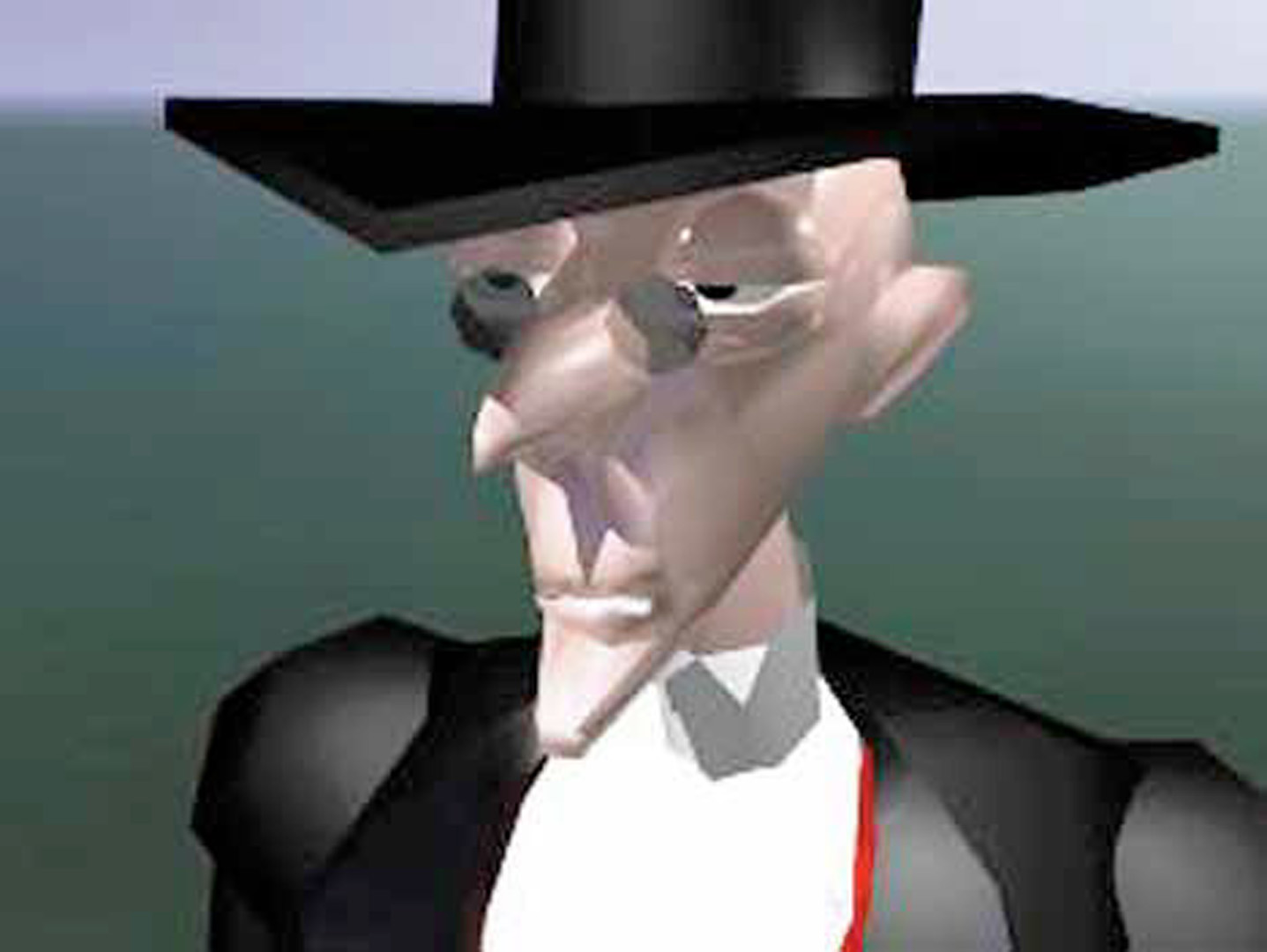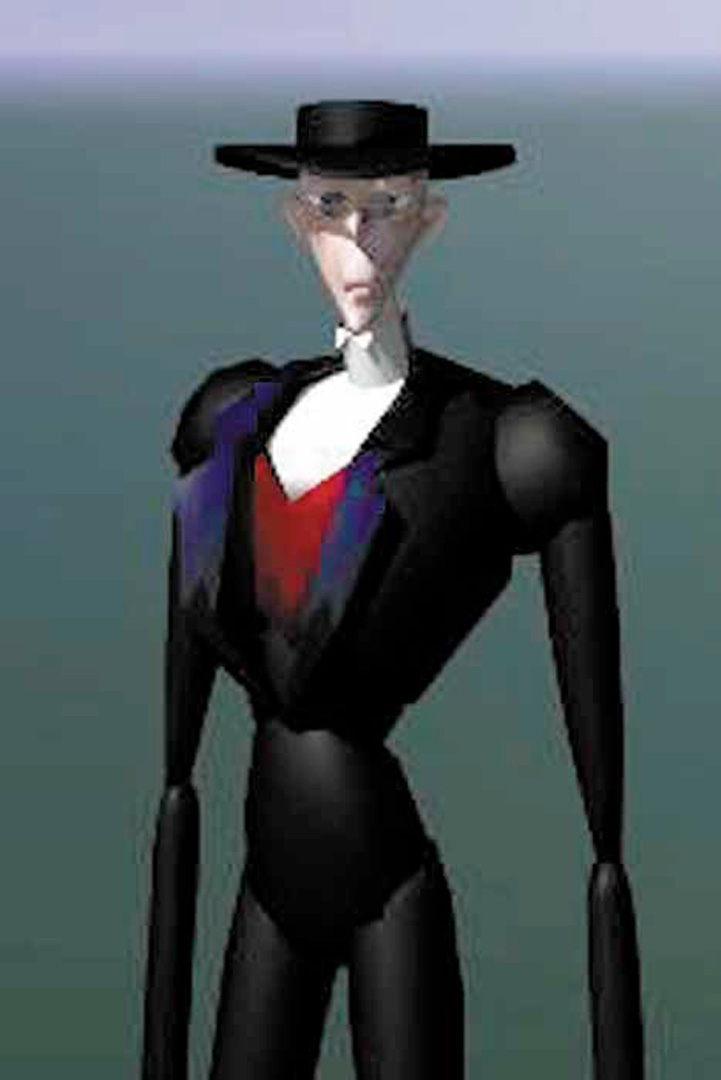“Spirits of the Bayou” by Goldberg
Conference:
Experience Type(s):
Entry Number: 26
Title:
- Spirits of the Bayou
Program Title:
- Digital Bayou
Organizer(s)/Presenter(s):
Collaborator(s):
- Ken Perlin
- Daniel Vega
- Michael Dougherty
- Pam Gartrell
- Michael Crumpton
- Seth Piezas
- Dennis Mejillones
- Todd Akita
- James Morrison
- Austin Lee
- Edward Lucero
- Fred Hansen
- Clilly Castiglia
- Eric Singer
- Sabrina Liao
- Mehmet Karaul
- Troy Downing
- Jon Meyer
- Daniel Wey
- Cynthia Allen
- Mary Tierney
- Stuart Piltch
- Patricia Rinaldi
- Steve Cooney
Project Affiliation:
- NYU Media Research Lab
Description:
Night falls over New Orleans, and even the most scientific minds feel the touch of the supernatural forces that permeate the bayou. Voices emanate from nowhere, visions of Voodoo spirits appear and then vanish again, leaving us to wonder: Were they ever there at all?
Just as you begin to feel your sanity slipping away, someone calls to you. You turn. There before you lies the entrance to The Botanica Virtual. The proprietor stands in the door, beckoning you to enter. Inside, Voodoo herbs and talismans sit side by side with computers and other pieces of high technology. Pointing out that Papa Legba has always understood the instruments of communication, she gestures toward what appears to be a Carnival mask, though the cable snaking from the mask to the floor suggests something different altogether. ?We all wear masks,? she says, ?but this one is different. This mask may conceal your face, but it will open your eyes to a world as old as this one, which has only recently begun to accept visitors.?
Created by the IMPROV Project at NYU?S Media Research Lab, Spirits of the Bayou uses technologies that produce distributed 3D virtual environ- ments in which human-directed avatars and computer-controlled agents interact with each other in real time through a combination of procedural animation and behavioral scripting techniques. The lab is also exploring multi-modal interaction paradigms combining traditional keyboard and mouse inputs with speech and gesture recognition in conjunction with various forms of presentation, including 2D and 3D displays. The system is intended to operate over local and wide-area networks using standard Internet protocols so that anyone with access to the World Wide Web can develop or participate in fully interactive, vital experiences.






